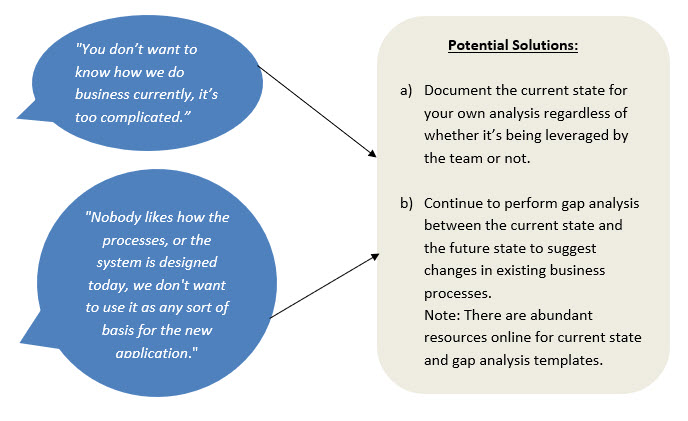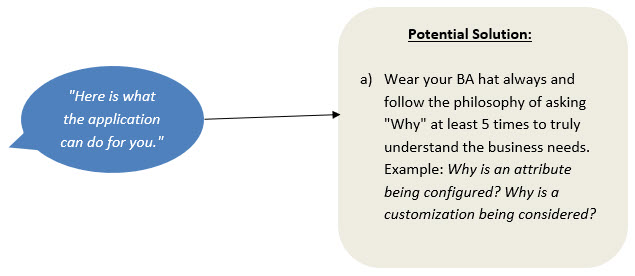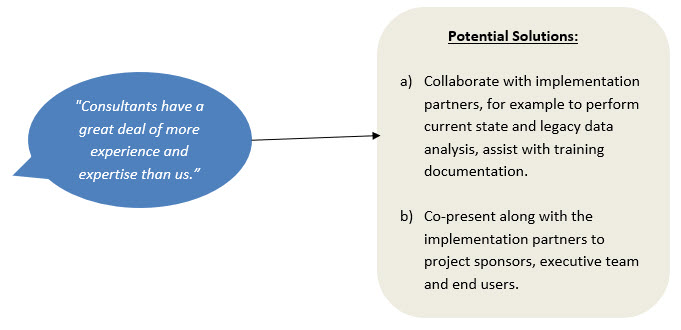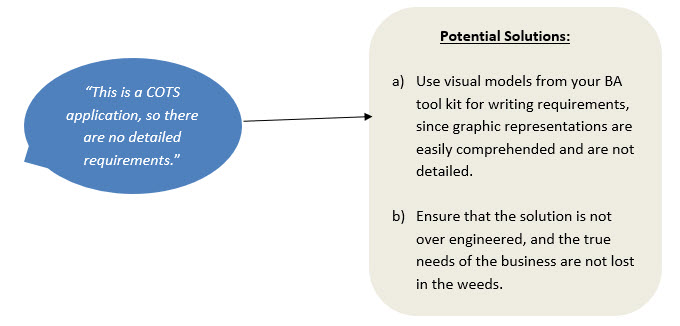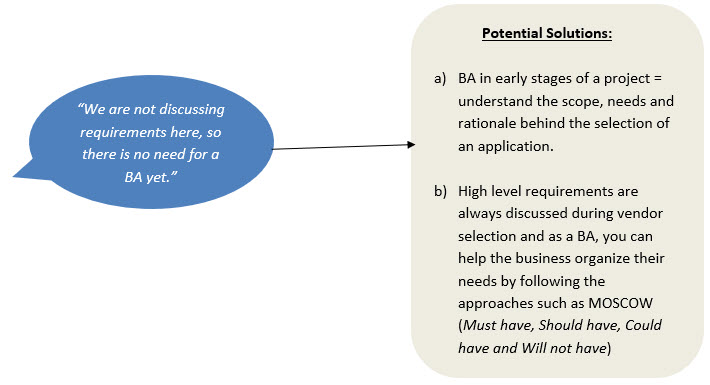Resources for the Investigative Analyst: Take your pick!
Being a Business Analyst (BA) is a lot like being an investigative journalist.
You often must dig through lots of seemingly useless information to find the truth that can set you on the right path for your project.
Here are a few frequently overlooked items that you can utilize as resources and analyze to help uncover useful information:
1) Meeting Recordings: What can I gain by listening to a recording? Well, it gives you an opportunity to pause and think through:
- What a stakeholder quoted?
- What a developer suggested?
- What a tester recommended?
These meetings can be analyzed and translated into process flows or current state diagrams. At the very least, by hearing a recording, you are now caught up with what was missed!
2) Presentations: I like to observe how slides are presented and structured during meetings. When slides have an organic progression of a topic, it is easy to follow along. When slides have too much information, I can get lost. Revisiting the slide deck after the meetings can help gain a better understanding of the topic or prompt you to jot down follow up questions. Analyzing the style or format of the slides that the author applied can trigger ideas or suggestions for your next presentation!
3) Email: Checking your inbox is like a daily chore in our professional and personal lives. What kind of analysis could I perform? Watch for those long email chains that includes all the back-and-forth conversations, they could be a potential input for Responsibility/ RACI (Responsible, Accountable, Consulted and Informed) matrix. Yes, it is exhausting to scroll all the way down, but it gives you an understanding of all the stakeholders involved and can provide a fuller perspective.
4) Notes: Missed attending a meeting? Missed recording a meeting? Notes can come to the rescue. Raw or clean notes, they are extremely helpful to get a coworker caught up or can be a memory refresher. In addition, notes can be a powerful input to build decision logs or can feed an action item tracker. Tada, now I know why we did what we did!
5) Chat conversations: I was working on a project one time and there was some confusion about the scope. I recalled I had a casual chat conversation a long time ago relating to the same project with the developer. I searched my chat history and bingo! I was able to pull up what we had chatted about. Fast forward…six months later, this back in the day chat helped the developer and I comprehend what was discussed in the past, what was missed in the previous release and perform a comparative analysis to identify the scope.
6) Artifacts: Grab a document or a diagram that was probably created by a team member or your peer. Study their style and how you can improve your next set of deliverables. Perhaps, it could be an eye opener to how one of the artifacts that you had authored in the past could have been trimmed down by replacing the written content with diagrams instead.
Conclusion:
Next time, when you are wondering, how to make information gathering more productive, I hope the above ideas can lend a helping hand and prove to be beneficial in your next investigation journey. Remember, it is the little things that can make a big difference or rather the little clues that can lead to the ultimate truth!



